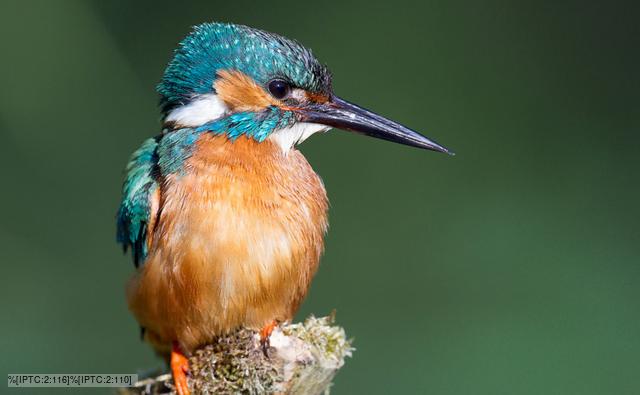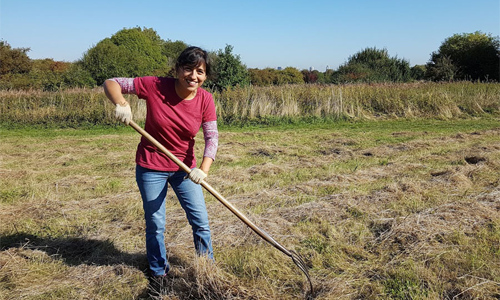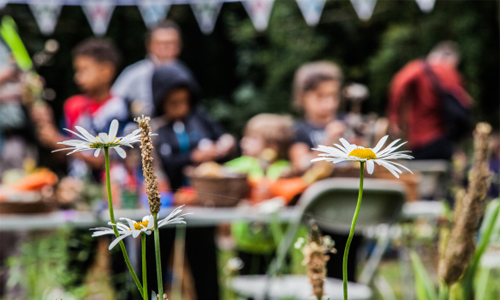This Tuesday the SNCV were back in action after the Christmas break, and kick-started the year with a trip to Wandle Valley Wetlands. Wandle Valley Wetlands is a local nature reserve that sits alongside the River Wandle. The reserve is managed by the SNCV as a “low intervention” site, which means that volunteers only need to go out a few times a year to preserve the conservation interest of the reserve.

Managing the pond at Wandle Valley Wetlands
This Tuesday the SNCV were carrying out annual pond works at Wandle Valley Wetlands. Volunteers targeted the main pond, and removed some of the dense stands of common reed (Phragmites australis) that cover the pond. There are several seasonal ponds at Wandle Valley Wetlands, which dry out during the summer months, and a deeper main pond that supports breeding frogs and newts, as well as damselflies like the large red (Pyrrhosoma nympula) and common blue (Enallagma cyathigerum). Kingfishers (Alecedo atthis) also occupy the reserve, and volunteers on Tuesday were lucky enough to spot this elusive bird for a brief moment.
Kingfishers are small, shy birds that can be found in areas of slow-moving or still water. They have an unmistakable vivid blue and orange colouration that appears iridescent in sunlight. Kingfishers mainly feed off fish, such as minnows and sticklebacks, but also top-up their diet with aquatic insects such as freshwater shrimp and tadpoles. They are impressive hunters, and will perch above the water to gauge the distance and location of their prey, before plunging down into the water to seize its prey. Interestingly, kingfishers possess a third eyelid; this transparent eye lid covers the bird’s open eyes and shields their eyes from the water when they dive.

Perching kingfisher (Alcedo atthis) © Mark Medcalf
The still, clear water in the main pond at Wandle Valley Wetlands provides an ideal habitat for kingfishers. These birds need still or slow-moving water to catch their prey, as fast-moving, polluted streams and rivers do not contain enough available fish. Water quality is also important for the survival of kingfishers, as pollution can kill off the fish they rely on and can obstruct the bird’s view of their prey. In fact, water pollution is one of the major reasons behind long-term declines in kingfisher populations since the 1970s. Kingfisher populations also undergo annual fluctuations in numbers because particularly harsh winters can kill a high percentage of birds. Currently, kingfishers are classified as Amber List species under the Birds of Conservation Concern review, which means they are a high priority for conservation.
Spotting these shy birds is always a special opportunity, and it’s good to see that Wandle Valley Wetlands is providing feeding and possibly nesting opportunities for kingfishers. The SNCV’s first wildlife sighting of the year did not disappoint!
Eleanor Kirby-Green
SNCV Biodiversity Assistant






